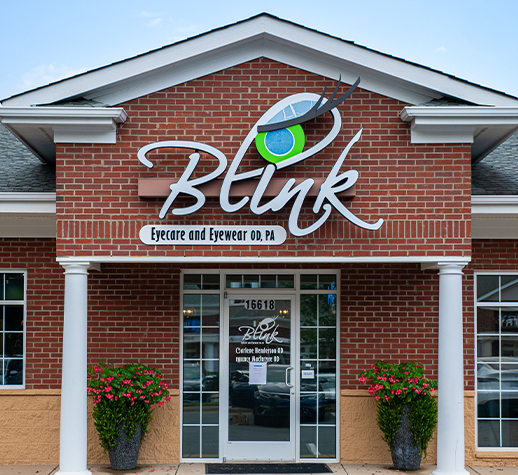
Binocular Vision Dysfunction (BVD) is a condition that affects the ability of both eyes to work together effectively. It occurs when there is a misalignment or imbalance between the eyes, leading to problems with depth perception and visual coordination.
What Causes Binocular Vision Dysfunction?
There are several causes of Binocular Vision Dysfunction. One common cause is a traumatic brain injury or concussion, which can disrupt the normal functioning of the eye muscles and nerves. Other causes include eye muscle imbalances, such as strabismus (crossed or misaligned eyes), and certain medical conditions like multiple sclerosis and diabetes.
In some cases, BVD can also be caused by a genetic predisposition. Certain individuals may be more prone to developing BVD due to inherited structural abnormalities in the eyes or brain. However, it's important to note that not everyone with a genetic predisposition will develop BVD, as other factors such as trauma or underlying medical conditions may also be involved.
Common Symptoms of Binocular Vision Dysfunction
The symptoms of BVD can vary from person to person, but there are some common signs to watch out for. One of the most noticeable symptoms is double vision, where objects appear as two separate images. This can be especially bothersome when reading or focusing on close-up tasks. Other symptoms include eye strain, headaches, dizziness, difficulty concentrating, and blurred or fluctuating vision.
Many individuals with BVD also experience sensitivity to light and motion, which can make it challenging to engage in activities like driving or watching movies. Additionally, BVD can affect depth perception and spatial awareness, leading to problems with balance and coordination. These symptoms can significantly impact daily life and overall quality of vision.
Next Steps for Diagnosing Binocular Vision Dysfunction
If you suspect that you or someone you know may have BVD, it is important to seek a professional diagnosis from an optometrist. An optometrist has the expertise and tools to assess binocular vision and detect any abnormalities.
As part of the diagnostic process for BVD, your optometrist may have you fill out a Binocular Vision Dysfunction questionnaire. This questionnaire is a valuable tool in assessing the severity of symptoms and their impact on daily life. It consists of a series of questions that cover various aspects of vision and visual comfort.
Your eye doctor will also conduct a comprehensive examination, which may include tests to evaluate eye muscle coordination, eye movement, and depth perception. This thorough evaluation will help determine if BVD is the underlying cause of your vision problems.
Treatment for Binocular Vision Dysfunction
The specific treatment plan will depend on the severity of symptoms and the underlying cause of the dysfunction. Prism lenses are often an effective tool in treating BVD. These special lenses can help to correct the misalignment of the eyes and improve binocular vision. They work by redirecting light to the appropriate areas of the retina, reducing double vision and improving visual coordination. Your optometrist will determine the most suitable treatment option for your specific needs.
Schedule Your BVD Evaluation with Blink Eyecare and Eyewear Today
Binocular Vision Dysfunction (BVD) can significantly impact a person's quality of life, but with proper diagnosis and treatment, individuals can regain visual comfort and function. Understanding the causes and symptoms of BVD is the first step towards seeking appropriate care.
If you are experiencing symptoms of BVD or have concerns about your vision, visit Blink Eyecare and Eyewear in our Charlotte, North Carolina, office. Please call (704) 817-3800 to schedule an appointment today.












